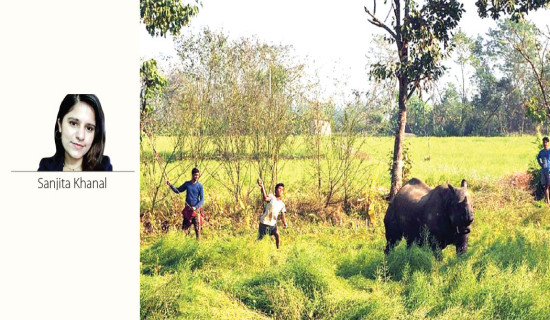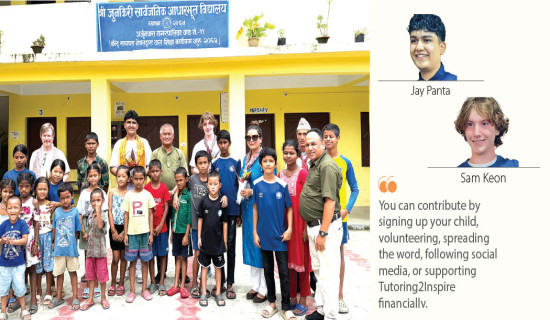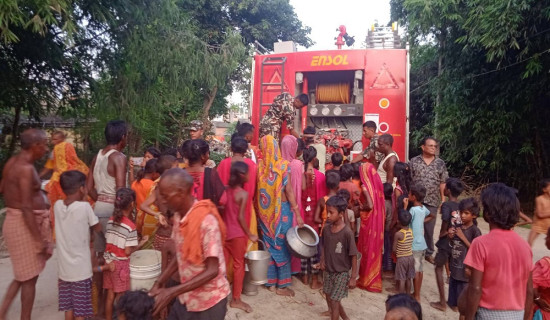- Saturday, 2 August 2025
Thriving Café Culture
Every corner of major cities in Nepal is home to a new café these days. Before the COVID-19 pandemic, the café culture was something you would associate with tourists or luxury. But now, they have become a regular place to hang out, especially for young Nepalis and freelance workers. These places are changing the way we socialise, work and even how we experience the sip of coffee or tea with friends over talks.
These days, people prefer to spend more time in a café, reading books, doing work, where they can relax, catch up with friends, or just take a break from their regular lifestyle. The cafes have become as comfortable as your home space – a place which encourages conversations, ideas, and connections.
Café is not only about coffee and cake but about understanding how youngsters are embracing the culture as a business, and in that process, helping locally sourced products. Beans and teas grown in districts like Ilam and Sindhupalchowk have a unique flavour that's starting to turn heads. In this way, we are not only enjoying our beverages but also contributing to the growth of a sustainable, home-grown farming industry.
The cafes not only adopt the foreign culture, but many of them showcase Nepali culture. It is a good sight for tourists who visit these cafés, where they can witness locally made art, hand-crafted furniture and even traditional Nepali music in the background. The coffee machine has made it to remote trekking destinations as well. This creates an exciting experience and a space that feels both local and modern at the same time.
Café is another place where creativity takes place. It is where writers are made, designers are created, singers write their songs and where imagination bursts.
However, it does come with some price. You have to pay for coffee and tea, which not everyone can afford. Prices in cafes are on the higher side than a local tea sold in the street. But a flip side of this is that with the rise of new local cafes, the standards are also maintained. The big names that have been in existence for a long time in the Nepali market have offered consistency and a familiar experience. But, they do not cater to the crowds. That’s where the local cafes have an edge. They offer something more personal, something that feels uniquely homely.
On the challenging front, running a café in Nepal is far from easy, though. Many café owners face challenges like rising costs, sourcing ingredients, and competing in a growing market. But despite these hurdles, the entrepreneurial spirit is strong. More and more café owners are also focusing on sustainability, offering organic food, eco-friendly packaging, and supporting local artisans. It’s about more than just selling coffee; it’s about creating a positive impact, both for the community and the environment.
The rise of Nepali cafés is a sign of a cultural shift, one where we’re embracing modern trends while staying grounded in our traditions. It’s a space where young Nepalis can express themselves, where creativity thrives, and where the simple act of having a coffee with a friend becomes a celebration of local culture. So, the next time you step into your favourite café, take a moment to appreciate more than just your drink. Appreciate the way these cafés are shaping the future of social life in Nepal, one cup at a time.



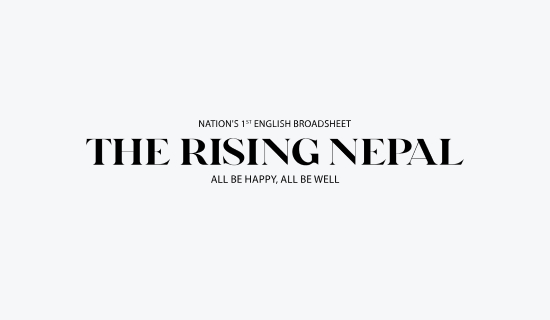
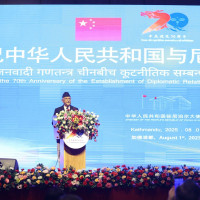

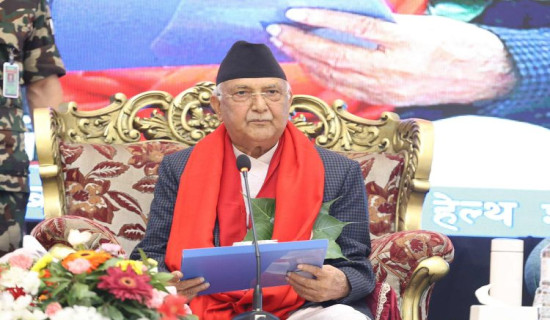

-square-thumb.jpg)
